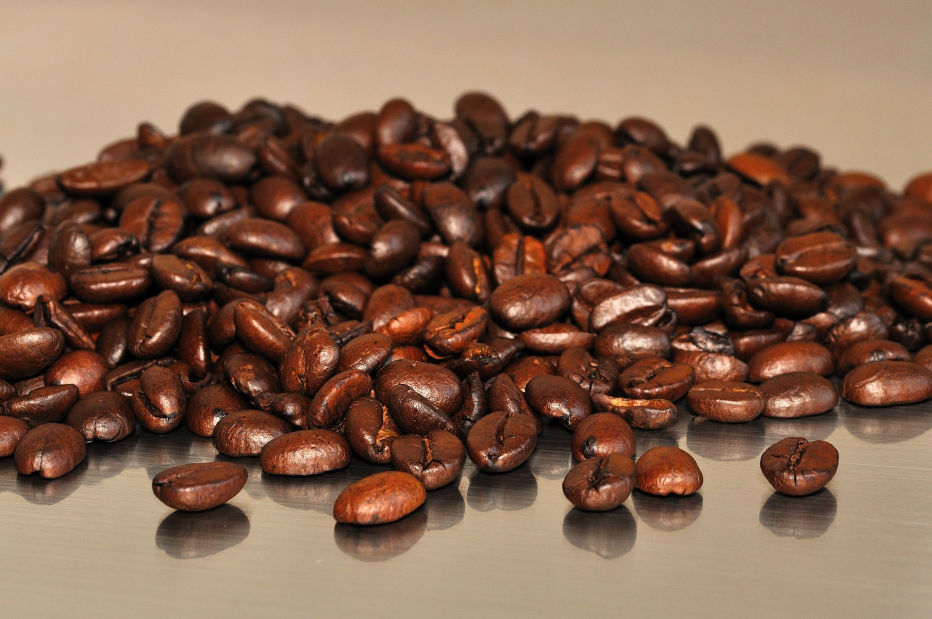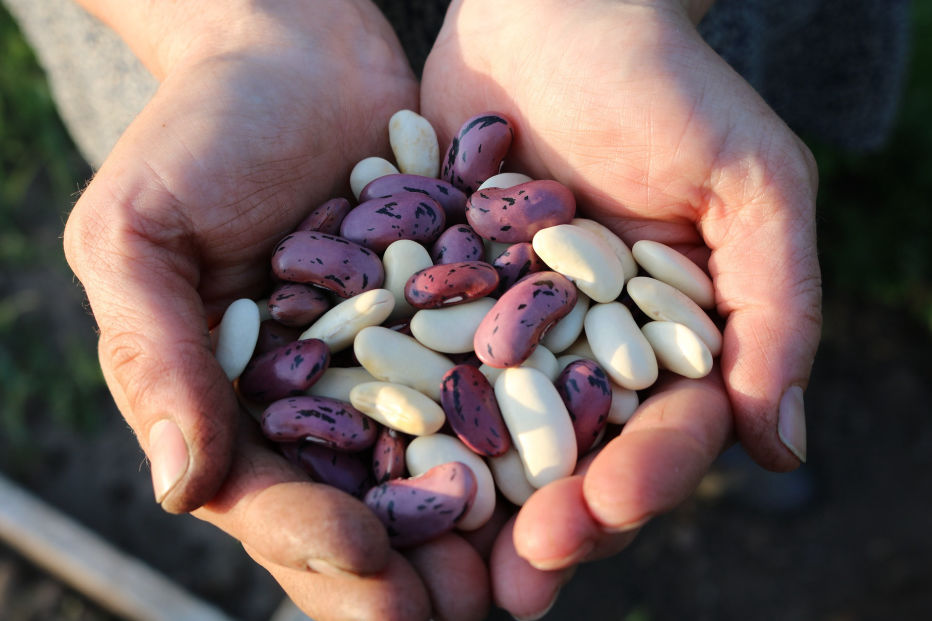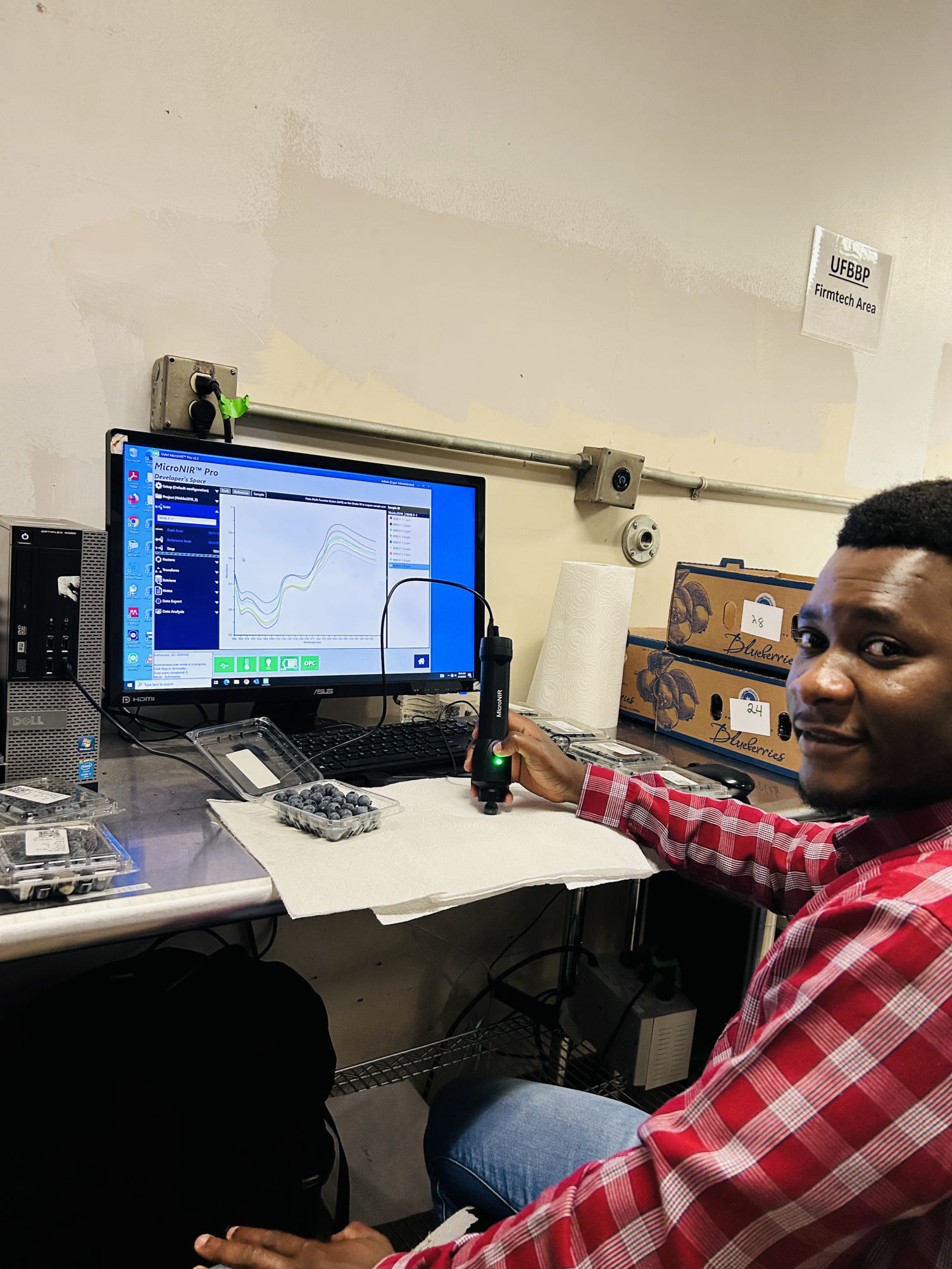PhD Research
These projects primarily aim at minimizing breeding cost and increasing genetic gain for blueberry fruit quality traits

Optimization of Genomic Selection
Motivated by the potential to guide future resource allocation in plant breeding programs, a systematic approach to select molecular markers and, in sequence, design a training set population for genomic prediction will be explored. This study will combine probe filtering criteria and compare different training set algorithms, validating their performance in genomic prediction.

Genotype by Environment Interaction (GxE) and Trait Stability
In order to identify genotypes that are well-suited to targeted environments, it is crucial to examine the variations in phenotypic performance across different environmental conditions. Therefore, this study aims to: (i) access the linear response of blueberry fruit quality traits to environmental variables across Florida environments and; (ii) understand GxE using explicit environmental covariables and trait stability.

GxE Genomic Prediction
The prediction and selection of unphenotyped individuals for target environments become unreliable with the demonstration of heterogeneity of genetic variance across environments. This study aims to compare the performance of the prediction of single and multi-environment GS models.

Phenomic Prediction with Near-Infrared Spectroscopy (NIRS)
Genotyping large number of plants at the early stage of a breeding program is time consuming and expensive. From empirical studies, phenomic prediction with NIRS is promising. Therefore, this study will carryout comparative assessment of phenomic and genomic predictive ability.




